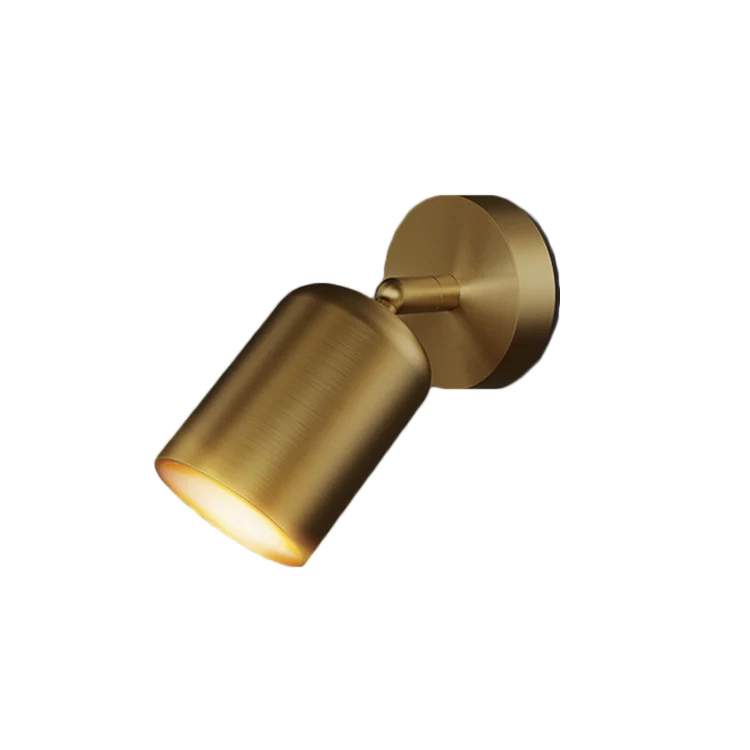LEAFLETS
PRODUCTS
Finding The Ideal Desk Lamp For Your Study Space
Brightness and Color Temperature
The brightness and color temperature of your desk lamp are crucial for eye comfort and productivity. Brightness, measured in lumens, determines how much light the lamp emits. For studying, you'll want a lamp that provides ample illumination without being overly harsh. A good starting point is to look for lamps in the 800-1200 lumen range, but this can vary depending on the size of your workspace and personal preference. Experiment with different brightness levels to find what suits you best; some people prefer a brighter workspace, while others prefer a softer, more subdued light.
Color temperature, measured in Kelvin (K), affects the appearance of the light. Lower Kelvin values (2700K-3000K) produce a warmer, more yellowish light, often considered more relaxing and suitable for creating a comfortable atmosphere. Higher Kelvin values (5000K-6500K) produce a cooler, more bluish light, which is generally considered better for concentration and tasks requiring sharp focus. For studying, a color temperature in the range of 3000K-4000K is often recommended as it provides a good balance between comfort and alertness.
Light Distribution and Design
The way a lamp distributes light is just as important as its brightness and color temperature. Some lamps emit a focused beam of light, ideal for illuminating a specific work area, while others provide a wider, more diffused light that brightens the entire desk. Consider the layout of your study space and the tasks you'll be performing. If you're primarily reading or writing, a task lamp with a focused beam will be highly beneficial. If you need to illuminate a wider area, such as when working on a laptop or using multiple documents, a lamp with a more diffused light spread would be more suitable.
The design of the lamp is also a significant factor to consider. It should complement your study space's aesthetic and be ergonomically designed for your comfort. Think about the lamp's size, shape, and material. Choose a lamp that's appropriately sized for your desk without taking up too much valuable space. The lamp's material should be durable and easy to clean. A stylish design can boost your mood and enhance the overall feel of your study area. Consider factors such as adjustable arms, swivel heads, and flexible necks which allow you to direct the light precisely where you need it.
Energy Efficiency and Features
Energy efficiency is another crucial factor to consider. LED lamps are generally the most energy-efficient option, consuming significantly less energy than incandescent or halogen lamps. LED lamps also boast a longer lifespan, meaning you won't have to replace them as often. Check the lamp's energy rating (usually denoted by an energy efficiency label) to compare different models and choose the most environmentally friendly and cost-effective option.
Beyond brightness, color temperature, and energy efficiency, several other features can enhance your study experience. Some lamps offer dimming capabilities, allowing you to adjust the brightness according to your needs and preferences. Others feature built-in USB ports for charging your devices, adding convenience to your workspace. Some lamps also come with timers or motion sensors for added functionality. Consider what extra features would add value and convenience to your workflow before making your final decision.
Budget and Brand Reputation
Setting a budget before starting your search is crucial to avoiding buyer's remorse. Desk lamps range in price from very affordable to quite expensive, depending on features, design, and brand reputation. Determine how much you're willing to spend and stick to your budget. Don't feel pressured to buy the most expensive lamp; many affordable options offer excellent performance and features.
While price shouldn't be the sole determinant, researching brand reputation can be helpful. Established brands often have a better track record for quality control and customer service. Read reviews and compare features before committing to a purchase. Consider the warranty offered by the manufacturer—a longer warranty often signifies greater confidence in the product's durability.
Placement and Personal Preferences
The placement of your desk lamp is paramount for optimal lighting and to minimize glare. Position the lamp so that the light illuminates your work area without shining directly into your eyes. Avoid placing the lamp too close to your face as this can cause eye strain. Experiment with different positions to find the most comfortable and productive setup.
Finally, personal preferences play a significant role in choosing the ideal desk lamp. Consider your personal style and the overall aesthetic of your study space. Choose a lamp that you find visually appealing and enjoyable to use. After all, you'll be spending considerable time with this lamp, so selecting one that you like is just as important as its functional capabilities.
By carefully considering these factors, you can confidently choose a desk lamp that enhances your study space and fosters a more productive and enjoyable learning or working environment. Remember to prioritize your individual needs and preferences to find the perfect illumination for your unique workspace.SUBSCRIBE
INQUIRY










